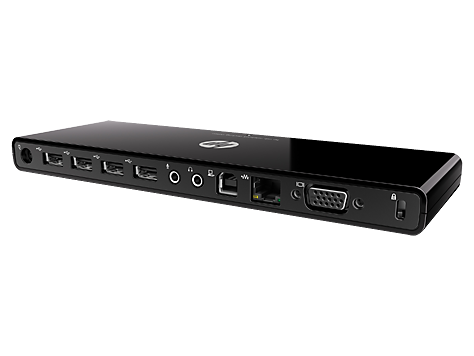


Right-click the device that represents your computer itself and select Device installation settings.Įnsure “Yes, do this automatically (recommended)” or at least “Always install the best driver software from Windows Update” is selected.

To check whether this feature is enabled or disabled, open the Control Panel and click View devices and printers under Hardware and Sound. If you’ve disabled this feature, you might encounter more unknown devices. Windows wants to identify hardware and install drivers so you don’t have to do this. Windows attempts to automatically install drivers, searching for appropriate drivers and downloading them from Windows Update. RELATED: Should You Use the Hardware Drivers Windows Provides, or Download Your Manufacturer's Drivers? If the device driver is already installed on your system, click the “Browse my computer for driver software” link and choose an installed driver.Īutomatically Identify Devices and Install Drivers If you have to manually install a driver for the device - perhaps the driver is already installed on your system - you can use the Update Driver button in the device’s Properties window.

You shouldn’t have to mess with the Device Manager here - just install the driver using the standard installer and it should work. You can now hunt down the driver for the hardware device and install it normally. Windows will then recognize the ADB interface and the device will be a properly installed, “known device.” Here, we can see that the device is a Nexus 4 or Nexus 7 (2013) with USB Debugging enabled, so we’d need to install the ADB drivers.


 0 kommentar(er)
0 kommentar(er)
